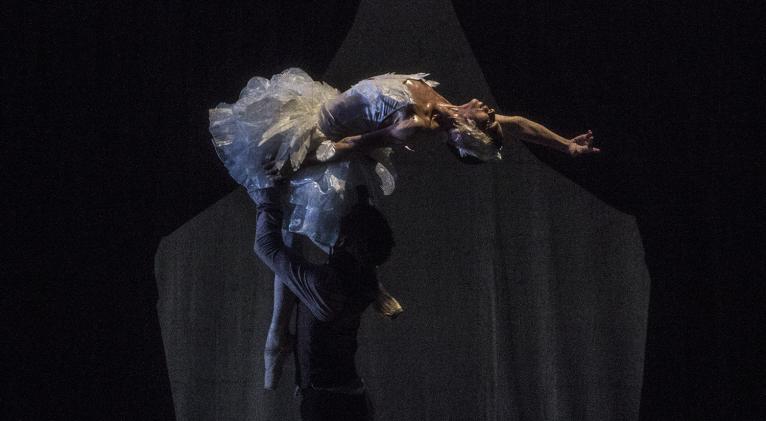A tragic love story
especiales

The National Ballet of Cuba is back at the Avellaneda Hall of the National Theater of Cuba in the continuation of the season that began last week. Among the proposals, the premiere of Lucile stands out, a stage play by Danish dancer Johann Kobborg, which was possible thanks, in large part, to the support of the British Friends of the National Ballet of Cuba, a group that has collaborated for over two decades with the group.
Kobborg's very fruitful years at the Royal Ballet in London have decisively marked his creation. The heritage of the English school is very evident in this stage play. Much of the legacy of Frederick Ashton and Kenneth MacMillan (of whose works Kobborg was a prominent interpreter) can be found in this staging. It is a well-assimilated material, because it is not just “copy and paste.” There is imagination, cleanliness in the dramaturgy, narrative temper, good taste in the vocabulary...
Perhaps a part of the Cuban public, which is so fond of virtuosity, misses a greater technical display. But here, as in the British classics of the 20th century, technique is subject to the demands of dramatic expression. The movement pattern meets, without excesses, what the discourse asks for.
Accuracy and essentiality in the line; sobriety and elegance; sufficiency and restraint: that is what Kobborg has asked dancers to accomplish. The assumptions of the English school. And the soloists have generally been up to the task. The dance staff lacked a clear understanding of those logics. Most of them are all very young dancers. They have to be trained in the halls and on the stage, which is the permanent challenge of the BNC in times of unstable casts.
Theater within the theater, a resource often used, serves here to evoke the influence of a great dancer on her audiences—Kobborg is inspired by her fellow countrywoman Lucile Grahn, but this is not a biography. In the end, a tragic love story is told, which is a tribute to the ballet of romanticism. A tribute, not a reproduction: this ballet does not imply stylistic ties or temporal restraints.
At some point, the transitions between scenes seem somewhat prolonged, and it is possible to glimpse, in the simple functionality of the staging solutions, untapped aesthetic potential. It may be a matter of resource availability.
Lucile, in short, has been a solid commitment to diversifying the repertoire. It is striking that it is a conventionally narrated ballet, but not like many of the nineteenth-century classics, that sparkling way of Petipá. Here, the performers are offered the possibility of delving into the dramatic projection at a more relaxed tempo, in scenes that bring together a certain naturalistic vocation with the daydreams of a romantic spirit. It is an opportunity for artists... and also an interesting proposal for the audience.
Translated by Sergio A. Paneque Díaz / CubaSí Translation Staff














Add new comment